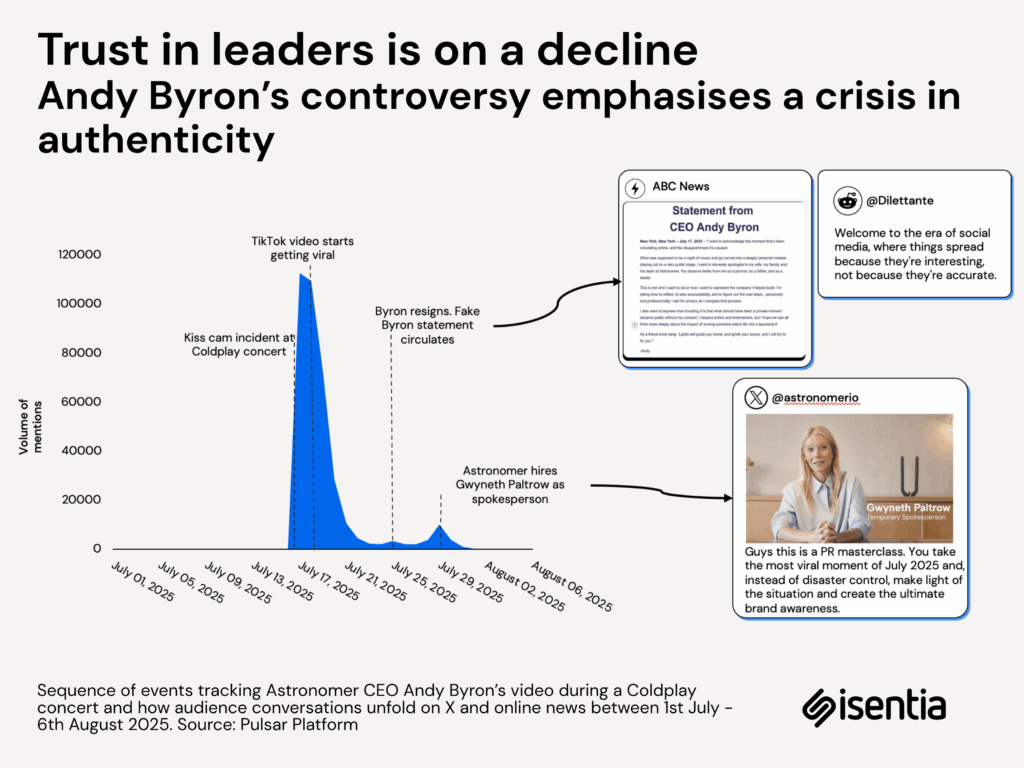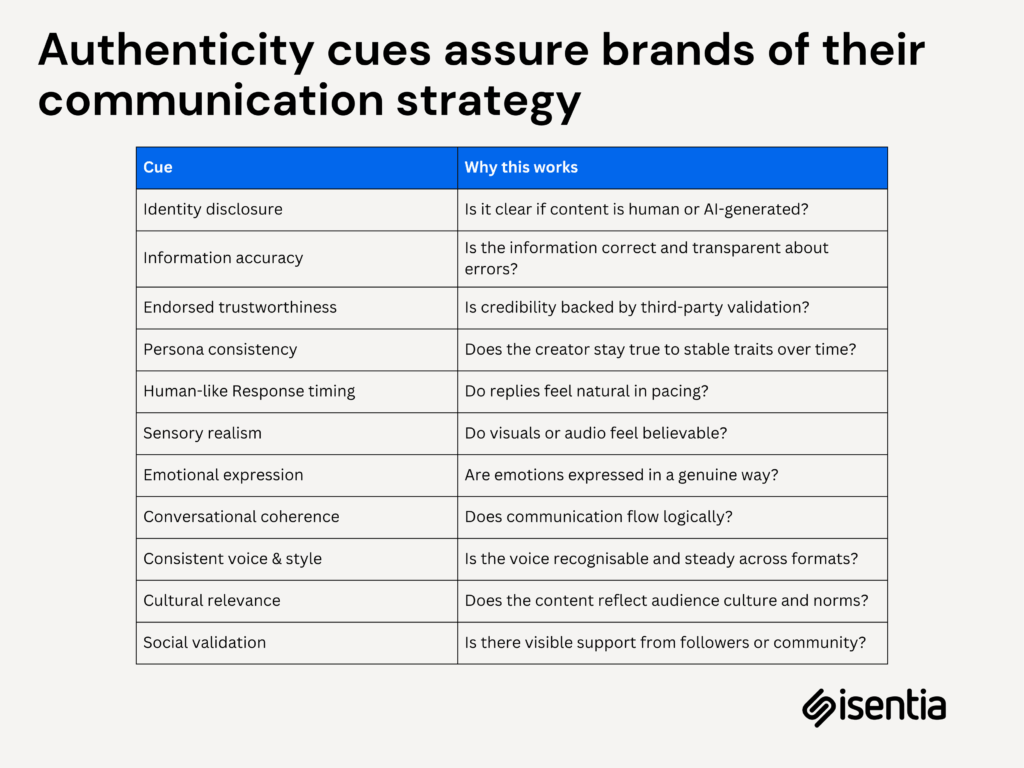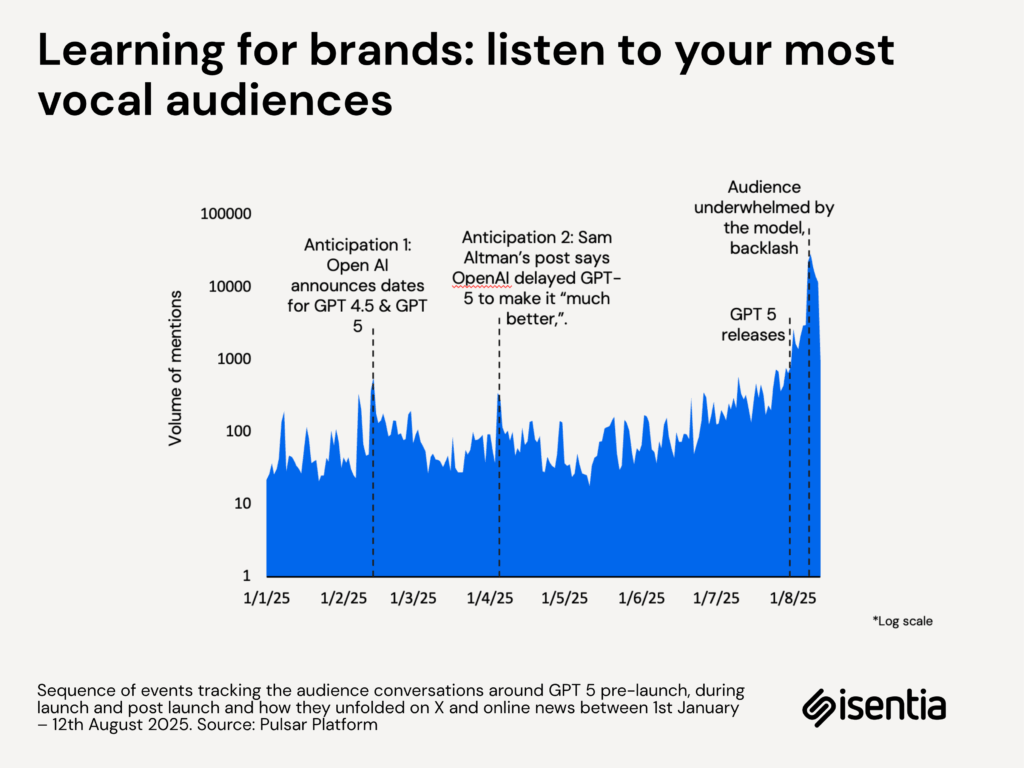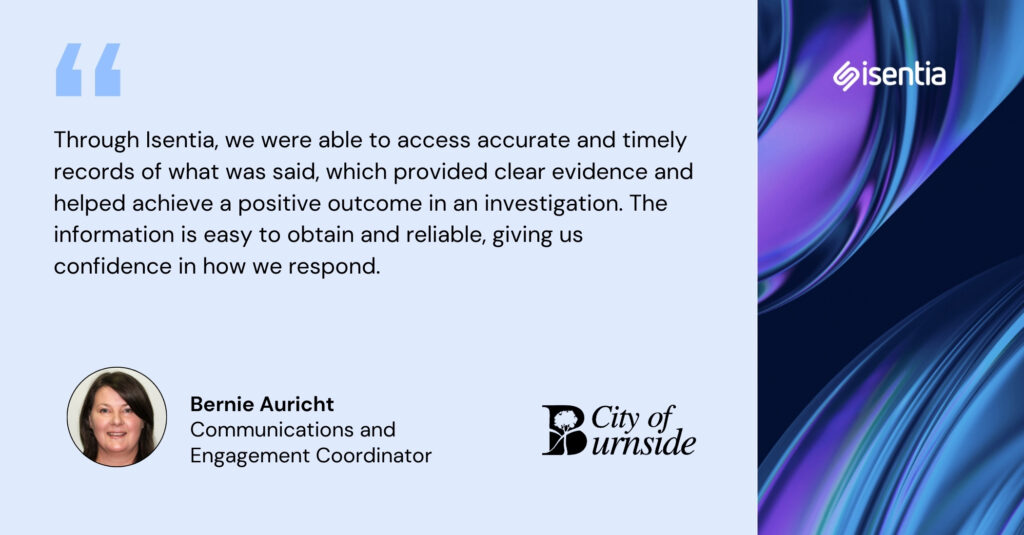Media Release
Isentia Leadership Index reveals two distinct CEO styles
Isentia’s second edition of its Leadership Index has revealed two distinct styles of leadership
As disruption becomes the new norm, we were curious about what the faces of that disruption looks like right now. Is it a fully realised concept in media coverage, or has it become a way for brands and leaders to position themselves, rather than being or driving disruption?
DISRUPT: (verb dis·rupt \dis-ˈrəpt\) to cause (something) to be unable to continue in the normal way; to interrupt the normal progress or activity of (something)
‘The face of disruption’ takes a look at who the disruptors are across ANZ and Asia, the common themes, those who hold a ‘celebrity like’ status and what observations can be made as these leaders are seen to evangelise change and drive results.
Since edition one, we’ve also updated our benchmark analysis of CEO profiles and media trends of Australia and New Zealand’s top 150 companies and examine the shifts as well as newcomers to the group.
Download a copy of the report here or if you would like to discuss the report further, get in touch with us today!
This is the “wpengine” admin user that our staff uses to gain access to your admin area to provide support and troubleshooting. It can only be accessed by a button in our secure log that auto generates a password and dumps that password after the staff member has logged in. We have taken extreme measures to ensure that our own user is not going to be misused to harm any of our clients sites.
26th March 2019
As well as updating its analysis of CEOs in Australia and New Zealand’s top 150 companies, Isentia explored the characteristics of Australian leadership through the lens of disruption. The top 150 companies were derived from a combined list of the ASX50, the NZX50, the 2018 IBIS World Top 500 companies published by The Australian Financial Review and Deloitte’s Top 200 data in New Zealand.
Isentia’s Chief Insights Officer, Khali Sakkas, says observations around the behaviour and portrayal of disruptive leaders are key in understanding modern businesses.
“Often in business we focus on measuring performance solely with financial metrics. However, this approach fails to recognise the impact of leadership trends and values,” Sakkas says. “We included a study of disruptive figures because in the current business climate, every single industry is seeing disruption, whether from technology developments or heightened customer expectations.
“Assessing disruptive personalities adds another layer of insight into the leadership of Australian business. No single individual featured in both the top 25 CEOs and the top five disruptive leaders. What we’re noticing is two distinct styles of leadership.
“Traditional CEOs are typically required to be risk averse, answering to shareholders and board members. On the other hand, the new generation of disruptors are usually undertaking a potential risk, yet their creativity can have a huge payoff.”
To identify disruptive leaders, Isentia used its extensive media database to search for varying forms of the word “disrupt” in combination with leaders’ names. The most mentioned disruptors were global business leaders with celebrity status including Tesla’s Elon Musk and Amazon’s Jeff Bezos. Positive characteristics of this group included “ambitious” and “charismatic” while “erratic” and “impulsive” were listed as negative attributes. A significant 46 per cent of coverage regarding these individuals focused on their personal life, wealth and behaviour.
Coverage of Australian disruptors was often focused on business being disrupted, rather than the individual responsible for the change. Personalities were positioned as decisive and innovative leaders, with minimal negative attributes. The number one disruptive leader was Telstra CEO Andy Penn, who has led the telecommunications giant through a pivotal transformative period from mid-2018. With the rollout of the NBN, Telstra has required strong leadership to navigate the substantial changes to its business.
Penn exhibits the three most common traits of a disruptive leader: the ability to provide guidance in the face of circumstances outside of the business’ control, a focus on keeping technology front-of-mind in decision-making, and an aptitude for agile, flexible and forward-thinking ideas.
Isentia analysed more than 50,000 media items aired or published between 1 October and 31 December 2018 to provide an understanding of Australia and New Zealand’s top 150 companies. As in the first Leadership Index released in November, the CEO profiles and media trends of these businesses were assessed to reveal the top 25 CEOs. The three main factors that were evaluated were public perception, employee approval and financial performance.
Of the 150 companies assessed, the top 50 alone were mentioned in more than 700,000 media items. However, on average, the top CEOs were only present in nine per cent of their company’s coverage. BHP CEO, Andrew Mackenzie, retained his position as the number one leader in the final quarter of 2018.
The Isentia Leadership Index is designed to provide a benchmark to compare leadership profiles over time, highlighting key trends and figures as they shift each year.
“Broadening our report to include a study of disruption has really enriched our understanding of Australian leadership. It will be interesting to see which style of leadership becomes more prevalent in the coming years, as we continue to undertake our Leadership Index. Suggestions for other research topics are always welcome,” Sakkas says.
-ENDS-
For more information, please contact:
Sophie Willis
Howorth Communications
sophie@howorth.com.au 0458 111 948
Isentia’s second edition of its Leadership Index has revealed two distinct styles of leadership
Many organisations know stakeholder engagement matters, but turning that knowledge into an approach that consistently works is another story. At the recent webinar How to Master Your Stakeholder Strategy, leaders from Meridian Energy, the Victorian Department of Families, Fairness and Housing, and Isentia shared lessons from the field on what meaningful engagement really looks like.
Stakeholders aren’t just on the periphery. As Mandy Griffiths from the Victorian Department of Families, Fairness and Housing explained, they are “the people who really have a great influence on whether the things that you’re working on or decisions you’re making are successful or not.” Internal stakeholders can be just as critical as external ones, especially in large organisations. Choosing terminology that reflects value and honesty helps too: her team prefers “critical friends” because it signals both importance and the possibility of differing views.
Phil Clarke from Meridian Energy described how evidence can guide engagement strategies. By surveying 500 stakeholders mid-way through a two-year project, his team gained clear insights into what drives trust. This evidence-led approach, he says, “gives teams effectively a cheat sheet for what they need to do to build trust among their stakeholders.” Starting with data rather than assumptions helps teams focus their efforts where it matters most.
Complex situations, like the pandemic, show why humility and iterative learning are essential. Mandy recalled that asking communities directly about their needs often revealed challenges her team hadn’t anticipated. “So many times we went in thinking we knew what the biggest pain points were, and it turned out to be something else entirely,” she said. Taking the time to listen ensures effort is spent on the right priorities.
Measurement underpins high-performing strategies. Ngaire Crawford from Isentia stressed that “late teams don’t guess, they measure,” from establishing baselines to tracking engagement and adapting based on what the data shows. Effective strategies also go beyond simple demographics, grouping stakeholders by motivations, concerns, influence networks, and communication preferences. Closing the feedback loop is crucial: “Stakeholders who feel heard are the ones that are most likely to become advocates,” Ngaire explained.
The common thread from the webinar: engagement works best when it’s informed, iterative, and genuinely centred on the people involved.
Watch the full webinar here, or contact our team to see how Isentia’s SRM solutions can help you achieve your stakeholder goals.
" ["post_title"]=> string(59) "Building stakeholder strategies that work in the real world" ["post_excerpt"]=> string(0) "" ["post_status"]=> string(7) "publish" ["comment_status"]=> string(4) "open" ["ping_status"]=> string(4) "open" ["post_password"]=> string(0) "" ["post_name"]=> string(31) "stakeholder-engagement-strategy" ["to_ping"]=> string(0) "" ["pinged"]=> string(0) "" ["post_modified"]=> string(19) "2025-10-13 20:23:45" ["post_modified_gmt"]=> string(19) "2025-10-13 20:23:45" ["post_content_filtered"]=> string(0) "" ["post_parent"]=> int(0) ["guid"]=> string(32) "https://www.isentia.com/?p=42649" ["menu_order"]=> int(0) ["post_type"]=> string(4) "post" ["post_mime_type"]=> string(0) "" ["comment_count"]=> string(1) "0" ["filter"]=> string(3) "raw" }Many organisations know stakeholder engagement matters, but turning that knowledge into an approach that consistently works is another story. At the recent webinar How to Master Your Stakeholder Strategy, leaders from Meridian Energy, the Victorian Department of Families, Fairness and Housing, and Isentia shared lessons from the field on what meaningful engagement really looks like. […]
During reputational crises, many brands find themselves pressed into strategies that are entirely reactive. However, a better understanding of a brand's audience and stakeholders – how they communicate and what they value – would empower brands and the teams running their messaging to respond more authentically, helping comms land in the right way at the right time.
With AI content taking over audience news and social feeds, brand leadership must invest in creating a framework that actually measures authenticity.
Prashant Saxena, VP of Revenue and Insights, for Isentia (SEA region) in his research paper on "Authenticity in the age of AI" has identified cues or signals that audiences subconsciously look for when identifying if a social post is written by a human or virtual influencer. Understanding these cues gives brands and PR leaders a much needed manual or playbook that guides them with the content audiences expect to consume. These equip us with a practical roadmap with clear implications for AI governance and digital literacy amidst the workplace and audiences.
There is a trust gap, as audiences show declining faith in brands and their leadership. Some of these factors are highly polarised, such as differing responses to CEOs and their part in society. But the most universal, and nascent, challenge to brand trust appears to be the rollout of AI. Businesses are now under the microscope, with changes to business models, substandard service and inauthentic communications all likely to be blamed on leadership teams haphazardly implementing AI solutions.

Astronomer's former CEO Andy Byron and the controversy at the Coldplay concert has added to this decline in trust and all the more underscores an authenticity crisis. Post the controversy, there was a fake apology statement that was circulated on X and other social media platforms. The company had to release a statement saying that the apology was in fact fake and was concocted by someone who wanted to satisfy audience sentiments. This is very telling in that, audiences will always be more attracted to content that conforms with their views and would accept anything at face value without having the need to fact check.
This underpins the need for brands to be as authentic as possible when it comes to responding to crisis.
Audiences are more alert than ever to signals of what feels genuine online. These subtle markers, from factual accuracy and cultural relevance to tone, consistency, and timing, influence whether people trust a brand’s message, engage with it, or scroll past.

Our analysis of leadership posts on social platforms reveals a pattern. The more authenticity cues a post displayed, the higher the engagement it received. It’s not about relying on one signal but about layering multiple ones together. Posts that showed identity, accuracy, emotional expression, and consistency outperformed those that didn’t. For brands, this insight offers a practical takeaway. Every post can be tested against these cues. The closer the content aligns with them, the more likely it is to spark meaningful engagement. When conversations are filtered through these markers, the most valuable audience feedback comes into focus, the kind that helps brands adjust strategies and connect more deeply with people.
Looking at how tech leaders post on LinkedIn shows just how powerful authenticity cues can be. Piotr Skalski’s celebration of hitting 30,000 GitHub stars combined identity, visuals, community validation, and more - and it drew the highest engagement. Tay Bannerman’s post leaned on accuracy, cultural insight, and emotion, earning slightly less traction, while Oliver Molander’s take on ChatGPT carried fewer cues overall and saw the lowest engagement of the three. This comparison highlights how posts with a richer mix of cues tend to resonate more, while those with fewer signals struggle to spark the same response.

Authenticity isn’t one-dimensional. It’s built from many layers, and brands that balance the scale and efficiency of AI with recognisable human signals will stand out. Those who manage both can achieve more by building trust, relevance, and long-term human connection. Ching Yee Wong, VP of Communications, APEC at Marriott International said, "AI can enhance planning and recommendations, but the human element remains central to the experience. Technology supports efficiency, while cultural sensitivity and personal care must remain human-driven."
The GPT-5 launch was not the best. The expectations were so high, that audiences knew it was bound to disappoint. Why was it not up to mark? The online vocal users of a brand are the spokespeople that the brand did not choose. These audiences are loyal users of the product and in exchange, they expect that the brand provide them with what they need. The monetary aspect becomes irrelevant if the brand delivers.

When OpenAI launched GPT-5, many long-time users felt let down. The decision to merge earlier models into one version was seen by some as a cost-cutting move, and the disappointment was loudest among the platform’s most loyal audience. Running these reactions through our authenticity cues showed a clear gap in cultural relevance. The release didn’t reflect the expectations or norms of its most vocal users. That’s an important lesson for brands and leaders - audiences want to feel heard. The best way to achieve that is by analysing online conversations through these cues, which can reveal what people truly expect and guide how to respond.

Interested in learning how Isentia can help? Fill in your details below to get access to our latest Authenticity Report and read more about our cues designed to measure brand authenticity.
" ["post_title"]=> string(58) "How to rebuild brand trust through authentic communication" ["post_excerpt"]=> string(134) "Learn the major cues or signals that help PR leaders and brands measure authenticity, to deal with reputation risks and rebuild trust." ["post_status"]=> string(7) "publish" ["comment_status"]=> string(4) "open" ["ping_status"]=> string(4) "open" ["post_password"]=> string(0) "" ["post_name"]=> string(58) "how-to-rebuild-brand-trust-through-authentic-communication" ["to_ping"]=> string(0) "" ["pinged"]=> string(0) "" ["post_modified"]=> string(19) "2025-10-07 03:02:53" ["post_modified_gmt"]=> string(19) "2025-10-07 03:02:53" ["post_content_filtered"]=> string(0) "" ["post_parent"]=> int(0) ["guid"]=> string(32) "https://www.isentia.com/?p=42501" ["menu_order"]=> int(0) ["post_type"]=> string(4) "post" ["post_mime_type"]=> string(0) "" ["comment_count"]=> string(1) "0" ["filter"]=> string(3) "raw" }Learn the major cues or signals that help PR leaders and brands measure authenticity, to deal with reputation risks and rebuild trust.
With a population of over 46,000 and a reputation for heritage streetscapes, and parks, the City of Burnside is one of Adelaide’s most well-known residential councils. But managing communications in a busy media landscape is no easy task. The council needed to ensure positive stories reached the public, while also tracking emerging issues and maintaining accurate records to support decision-making and accountability.
The challenge? Like many local governments, the City of Burnside needed a sharper, tailored approach to media monitoring.
The council wanted to:
In this case study, we explore how the City of Burnside uses Isentia to:

With Isentia embedded across the organisation, the council can respond confidently, manage reputational risks, and make informed decisions across communications and planning.
Read the full case study or request a demo
" ["post_title"]=> string(90) "How Isentia helps the City of Burnside manage its reputation and anticipate complex issues" ["post_excerpt"]=> string(0) "" ["post_status"]=> string(7) "publish" ["comment_status"]=> string(4) "open" ["ping_status"]=> string(4) "open" ["post_password"]=> string(0) "" ["post_name"]=> string(27) "city-of-burnside-case-study" ["to_ping"]=> string(0) "" ["pinged"]=> string(0) "" ["post_modified"]=> string(19) "2025-09-30 03:02:10" ["post_modified_gmt"]=> string(19) "2025-09-30 03:02:10" ["post_content_filtered"]=> string(0) "" ["post_parent"]=> int(0) ["guid"]=> string(32) "https://www.isentia.com/?p=42460" ["menu_order"]=> int(0) ["post_type"]=> string(4) "post" ["post_mime_type"]=> string(0) "" ["comment_count"]=> string(1) "0" ["filter"]=> string(3) "raw" }With a population of over 46,000 and a reputation for heritage streetscapes, and parks, the City of Burnside is one of Adelaide’s most well-known residential councils. But managing communications in a busy media landscape is no easy task. The council needed to ensure positive stories reached the public, while also tracking emerging issues and maintaining […]
Get in touch or request a demo.